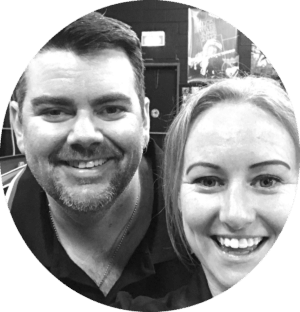Guiding you every step of the way.
At Better Shape Fitness, we understand that losing weight isn’t just about diet and exercise—it’s about having the right support to help you succeed. Our certified Personal Trainers work closely with you to develop a personalised fitness and nutrition plan, guiding you every step of the way. Whether your goal is to lose a few pounds or transform your body, we provide the motivation, expertise, and encouragement needed to help you reach your weight loss goals and boost your confidence.

Personalised weight loss guidance.
For most people, weight loss can be challenging to navigate alone. It’s easy to feel overwhelmed by the complexities of building the fitness level you want. We know that healthy weight isn’t just about dieting or working out. Real progress comes from having a knowledgeable team by your side—trainers who understand your unique needs and can tailor a plan that truly works for you.

Sustainable results.
If you’ve tried dieting in the past, you might be familiar with the frustrating cycle of losing weight quickly only to gain it back just as fast. At Better Shape Fitness, we focus on sustainable weight loss that lasts. By combining expert training with realistic nutrition strategies, we help you avoid the pitfalls of rapid weight gain after dieting. Our approach empowers you to not only lose weight but to maintain your results for the long term.

A Supportive Environment.
Weight loss is more than just a physical challenge—it’s often emotional, too. That’s why we’ve created a supportive, non-intimidating environment where you can feel comfortable pursuing your goals. Our trainers are here to listen, motivate, and guide you toward a healthier, more confident version of yourself.
Take control of your weight loss journey today and experience the difference expert guidance can make at Better Shape Fitness.


 Wayne
Wayne Dianne
Dianne Kristy
Kristy Alyce
Alyce Coralie
Coralie Alli
Alli